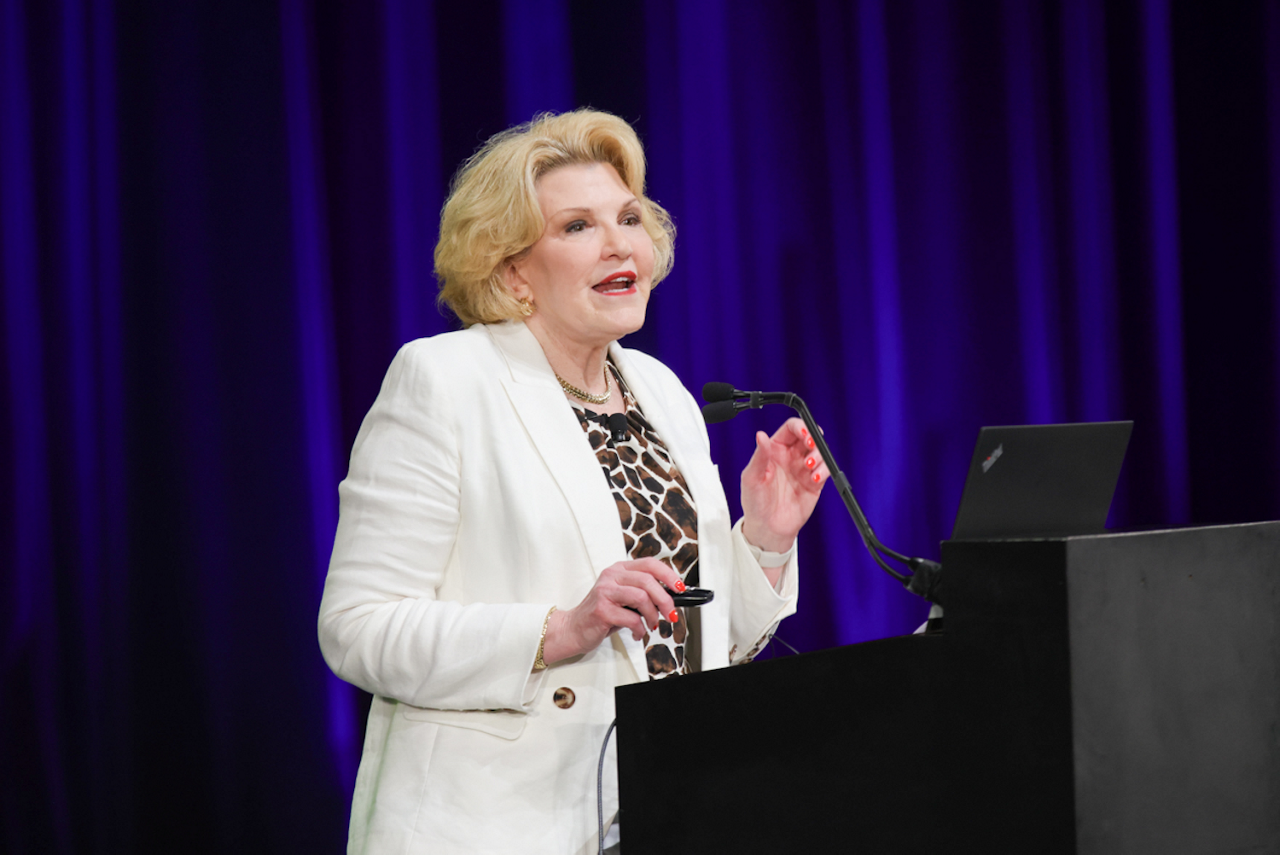Human Resources (HR) professionals have always been regarded as an intermediary between employers and employees, and they play a significant role in designing the organizational culture and the business. The HR team is at the center of most activities within the organization, from hiring talent to resolving workplace challenges, handling training programs, and organizing engagement programs. However, in the past decade, HR professionals have considered quitting their jobs more than any other organizational function for various reasons, such as lack of recognition, discontentment, burnout, poor management, or being underpaid or undervalued.
The Reason Why HRs are Quitting
HR professionals aren't changing jobs for better pay (though that's certainly part of it). The decision is not against the jobs but against a system that challenges their mental and financial well-being and growth. What is more concerning is that the people leading this trend are veterans with decades of expertise and institutional wisdom. When they leave, they take a delicate web of relationships, networks, and unwritten knowledge that keeps organizations functioning smoothly.
What Leads to a High Attrition Rate?
The reasons behind the high attrition rate in the HR department aren’t singular; they’re manifold. Let’s explore these in a bit of detail:
Burnout: An HR professional’s responsibilities significantly increased post-pandemic. Their roles swiftly transformed into strategic business partners, building sophisticated talent analytics capabilities and leading complex cultural changes. They now engineer hybrid work policies and develop mental health initiatives while managing compliance across increasingly complex regulations. Sometimes, the biggest roadblocks to managing the tasks are the budget constraints. Increased efficiency, prioritization, and technology-savvy professionals cannot solve these fundamental issues. HRs have exponentially more responsibilities with flat resources, which leads to burnout.
The emotional roller coaster: Many job roles are being eliminated. Some executives demand a return to the office, while some threaten to quit over it. HRs are expected to look people in the eye and explain the elimination of their job roles, mediate between executives in hybrid and remote work environments, and do it all while maintaining their composure and various other ongoing initiatives.
The responsibility-authority disconnect: HR generally faces the responsibility and authority disparity. They are held accountable for outcomes while having minimal say in the decisions creating those outcomes. That's HR's daily reality: expected to mitigate the human fallout from decisions they weren't part of making.
The marketplace woke up: For decades, HR skills were undervalued. That's changed dramatically. Organizations that are keen on onboarding talent expertise understand modern workforce dynamics. When consulting and HR tech companies offer 40% more compensation for work that's actually respected and appropriately resourced, the decision to leave isn't tough.
Why Should Leaders Be Concerned?
It is time for leaders to take stock of the situation and mitigate it. Here are things that will be majorly affected if your most valuable function quits:
The strategic initiatives will take a hit: Impressive leadership development programs, culture transformations, and talent strategies require intentional effort and active leadership. When your HR architects leave midstream, these initiatives don't just pause; they collapse. The individuals newly joining the HR workforce rarely have the context, relationships, or specific expertise to continue seamlessly. In today's competitive landscape, these aren't nice-to-have projects; they're survival imperatives.
Your institutional knowledge will leave: When veteran HR leaders depart, they don’t just leave; they take the real story behind key policies, unspoken and unwritten decision-making frameworks, a nuanced understanding of the culture, and a history that prevents repeated mistakes. This isn't knowledge that transfers in two-week handoffs or exists in documentation. The professional equivalent of intuition is developed over thousands of interactions and decisions.
The EX dwindles: When an HR function or a part of it transitions, the critical touchpoints like Employee Experience (EX) fracture, hiring slows down, onboarding becomes inconsistent, and the performance issues go unaddressed. The accumulating friction creates a cascade of problems throughout the organization, and every department feels it in the undercurrents. During the periods of HR leadership transition, the attrition rate increases in companies, an expensive consequence of the initial departure that could have been prevented.
Legal and compliance exposure: Seasoned HR teams don't just follow compliance rules; they navigate the gray areas with sophisticated judgment. When this capability vanishes, organizations often don't realize their increased exposure until problems emerge. By then, the costs can be substantial.
How To Stop Your HRs From Quitting
HRs are the organization's backbone, and understanding the problems is the first step towards fixing them. Here are a few ways HRs can feel more welcome and appreciated.
Change the operating model: The traditional HR structure is unsuitable for today's demands. Forward-thinking organizations are redistributing transactional work to operations or technology, creating true centers of excellence with proper funding and authority, implementing rotational programs to develop business acumen, and establishing flexible support models for peak-demand periods. This isn't mere improvement and repair—it's transformation, yielding dramatic results in retention.
Give them a significant seat at the table: Expressing approval and offering support without real results about HR's strategic role won't cut it. Real change happens when:
- HR helps shape strategy from inception, not just execution
- The CHRO reports directly to the CEO
- HR leaders regularly present to and engage with the board
- HR insights drive business planning, not just respond to it
Organizations with low HR attrition rates have placed their people function at the center of decision-making, not the periphery.
3. Develop actual expertise, not generic competence: The days of HR generalists excelling through intuition and goodwill are over. Today's challenges require specialized knowledge in areas like
Workforce analytics and strategic planning
Organizational psychology and change management
Digital transformation of employee experiences
Complex regulatory navigation
Leaders must fund professional development that builds these capacities, not just expect them to materialize.
4. Pay what the market demands: The compensation disconnect is straightforward: HR roles have evolved dramatically, while pay structures haven't kept pace. Organizations serious about retention are:
Benchmarking against strategy functions, not admin roles
Creating technical expert paths that don't require management
Implementing retention programs during critical transitions
Recognizing specialized skills with appropriate premiums
5. Make the function sustainable: Perhaps most fundamentally, the current HR workload is unsustainable. Progressive organizations are:
Establishing realistic staffing models based on organizational complexity
Building recovery periods after major initiatives
Monitoring burnout indicators as business metrics
Creating boundaries that protect psychological health
Conclusion
HRs are pivotal in elevating business growth and adding value while keeping things less stressful for all employees; they must be retained. Organizations should look at minimizing the workload through technological support and, most importantly, recognizing and appreciating their contributions.
When the human resources function begins to experience high turnover, it signals more than a departmental issue; it reflects a critical strategic vulnerability. The companies that address this crisis will gain a tremendous competitive advantage in attracting and retaining the workforce needed for future success. However, those who don't will continue wondering why their people strategies sound great on paper but never quite materialize.
The question isn't whether you can afford to resource and position your HR function properly; it's whether you can afford not to.



